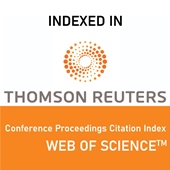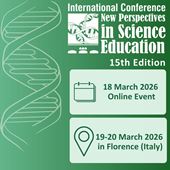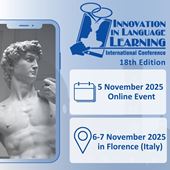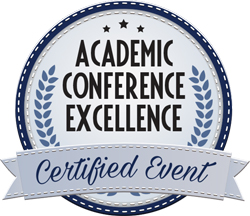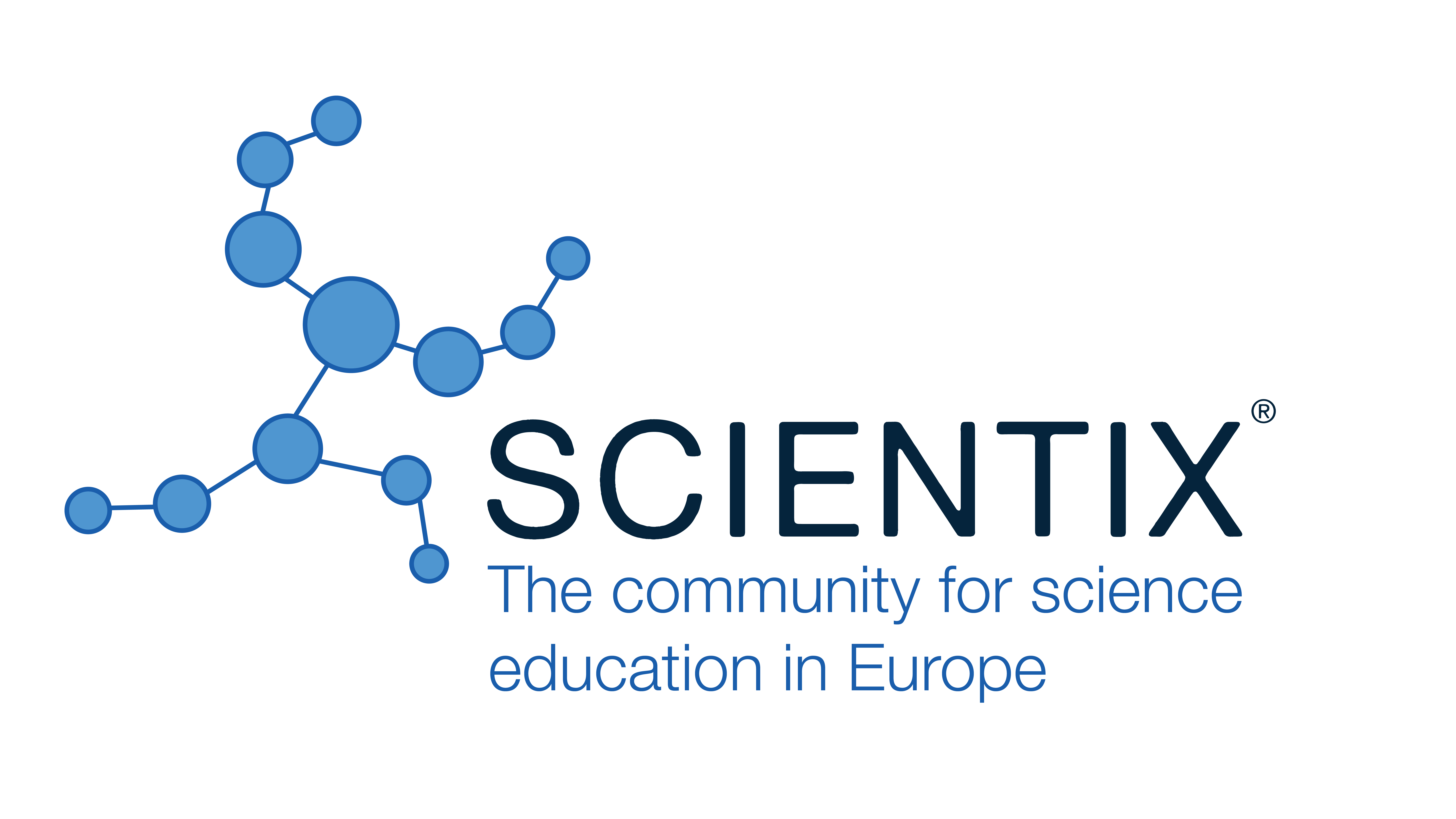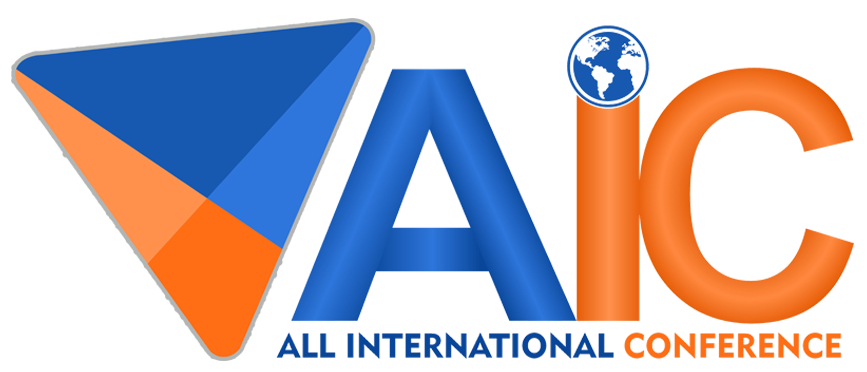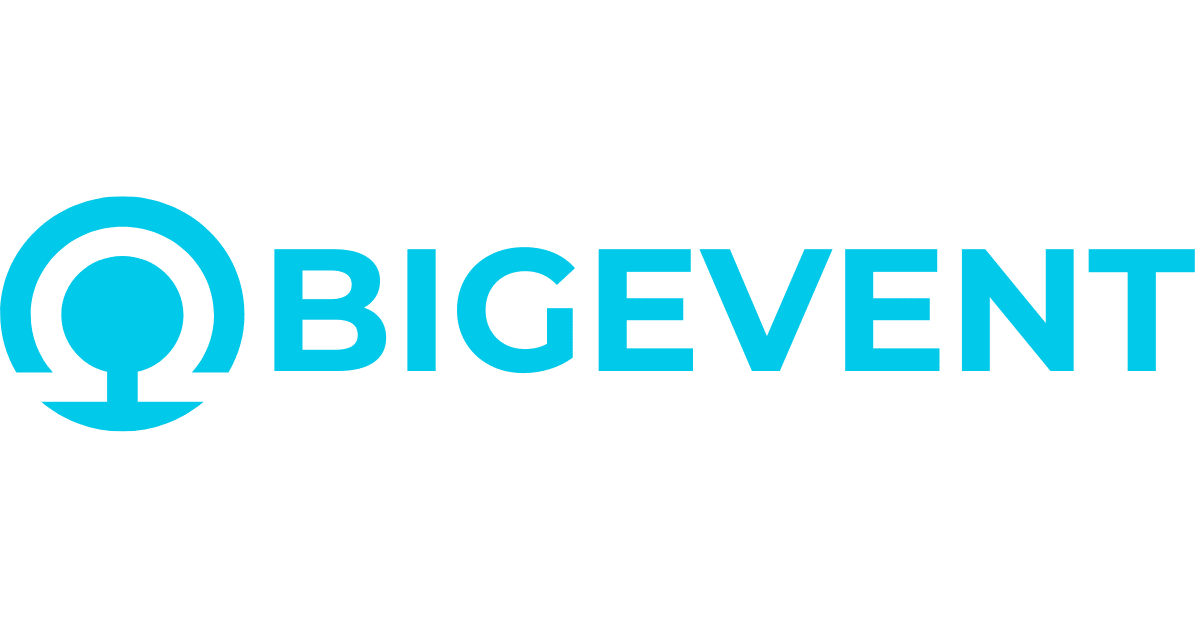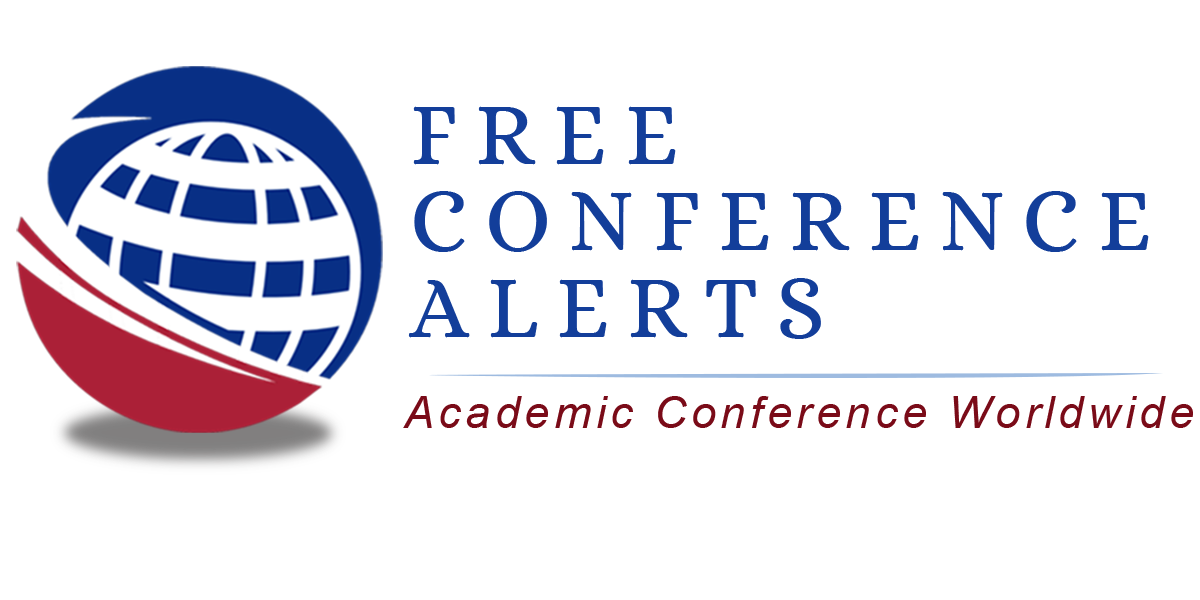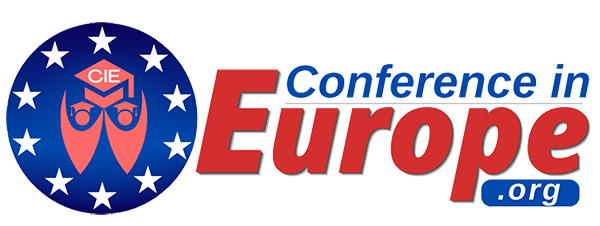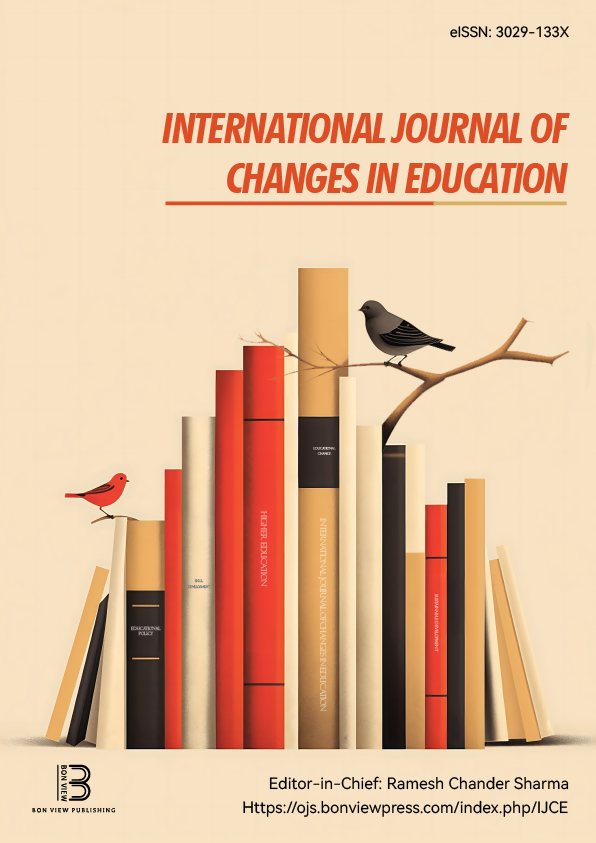The Benefits of Digital Annotation Tools as a Way of Developing Closereading Skills in ESL Literature Classes
Aditya -, National University of Modern Languages, Hyderabad Campus (Pakistan)
Abstract
Over the last few years, the introduction of digital technologies in ESL (English as a Second Language) classroom has changed the reading instruction, especially the literature course. The same reality can be
said about technological interventions in the area, which have mainly focused on pre-comprehension and vocabulary acquisition rather than high-level critical reading skills. The manuscript investigates how such
digital annotation tools as Hypothesis, Kami, and Google Docs can be utilized to develop the close reading skills of ESL learners as they read literature. The ability to emphasize, add comments and communicate in real time with the passages, enablesdigital annotation to become a tool in building interpretive strategies, engaging in a literary analysis and increasing textual awareness. A case study was done using a qualitative classroom research method involving the study of short stories among the intermediate level ELS students in university. Results indicated that students in the digital annotation group showed a greater knowledge of the literary features that included use of symbolism, irony, tone and narrative voice. They became also more confident in sharing their interpretations and discussing them in
a group of peers. The tools were stimulating in terms of autonomy, reflection and scaffolding of critical thinking which were not superficial in meaning. The given study fills a considerable gap in digital pedagogy because it explores an effective application of technology not only in reading comprehension,
but also in the development of critical skills of literary analysis. This research will be of service to the emerging digital humanities and language studies that have a number of practical implications to the teachers who want to adopt annotation technologies on their ESL literature learner.
Keywords: Digital annotation, ESL, critical reading, literary analysis, educational technology, literature teaching language
REFERENCES
[1] Liu, Z. (2021). Digital annotation in second language reading: Cognitive and pedagogical implications.
Language Learning & Technology, 25(2), 1–18.
[2] Yu, Y., & Su, C. (2022). Enhancing literary interpretation through collaborative digital reading.
Computer Assisted Language Learning, 35(7), 1235–1252.
[3] Warschauer, M. (2013). The digital divide and language learning. TESOL Quarterly, 37(2), 303–308.
 Innovation in Language Learning
Innovation in Language Learning
